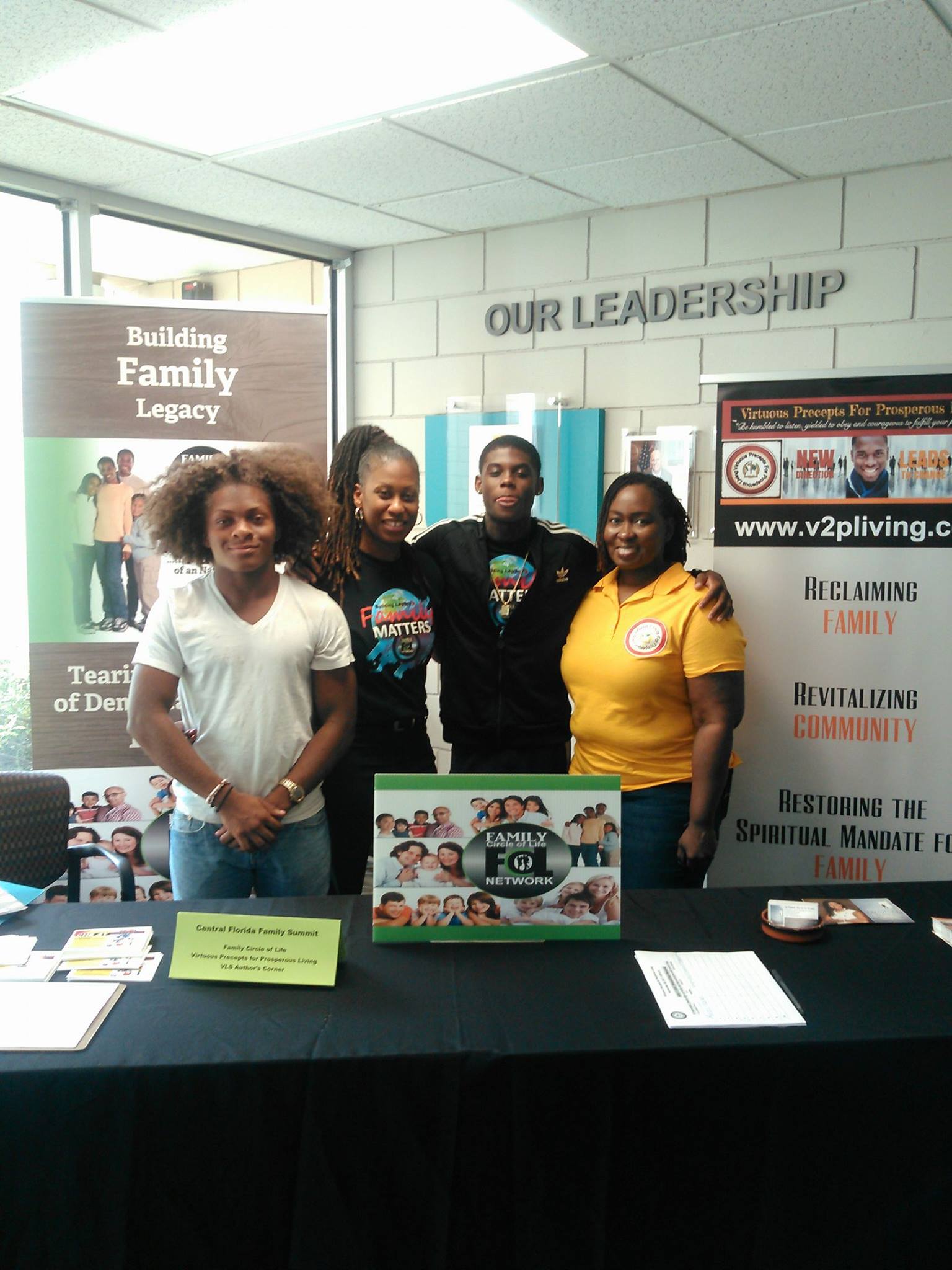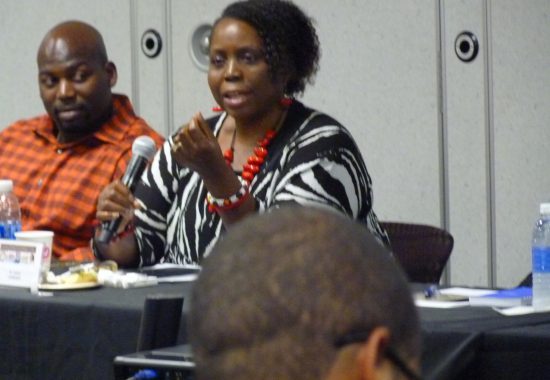
Department of Health(DOH)-Seminole partnered with Family Circle of Life Network along with Virtuous Precepts for Prosperous Living and other organizations to host the Central Florida Family Summit. The event included power talks, legacy building, and topics such as opioids.
Donna Walsh, Health Officer for DOHSeminole, welcomed summit attendees. She stated, “Families are an important part of society and our mission to promote, protect and improve the health of all people in Florida. The Florida Department of Health in Seminole County is honored to be among the many committed partners to join the Central Florida Family Summit to help build a legacy and strengthen the family unit.
This engaging event gathers the community to benefit from all of the empowering resources and topics discussed.” Many volunteers and 45 registered participants were in attendance.
Information was extracted from the Seminole Health Connection, a Public Health Newsletter from the Florida Department of Health in Seminole County.






